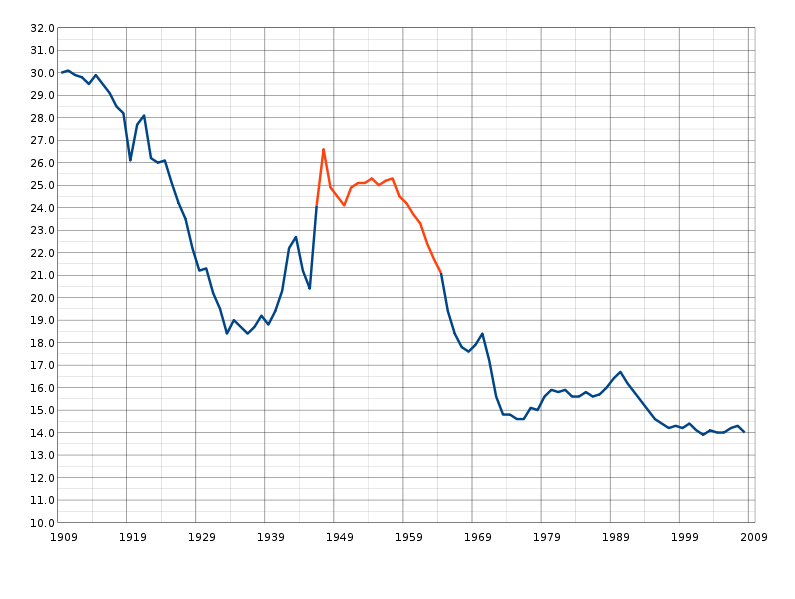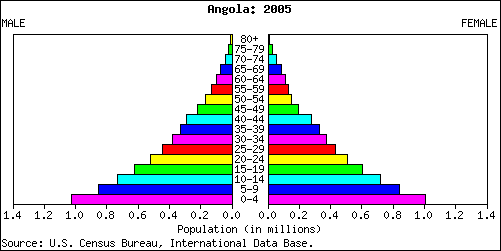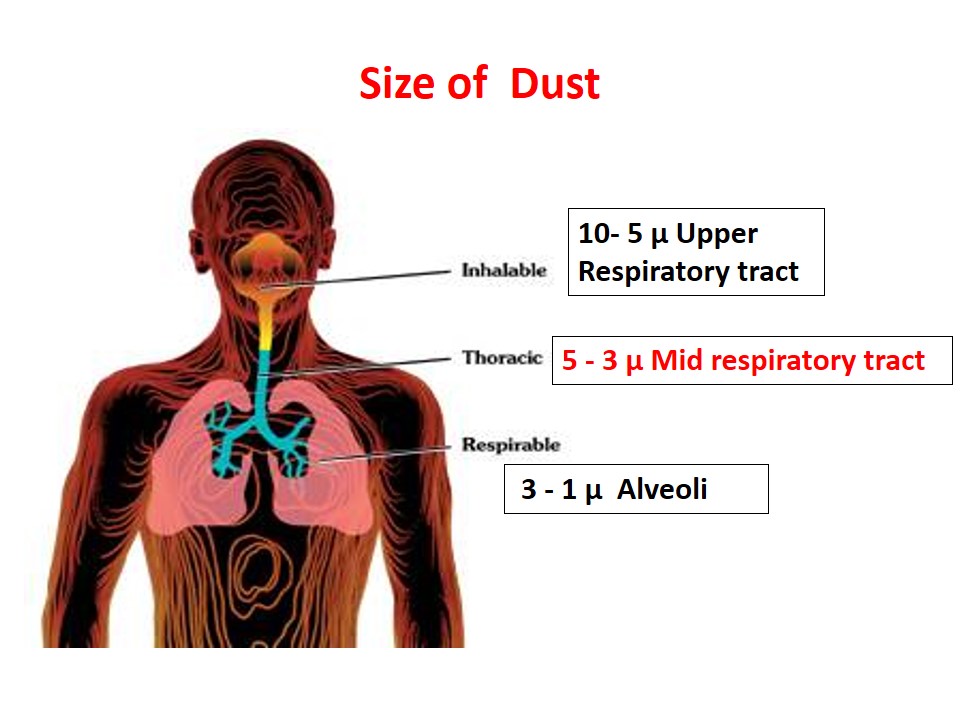Integrated management of childhood illness is a strategy for reducing mortality and morbidity associated with major causes of childhood illness. It is a joint WHO/UNICEF initiative since 1992. It comes as a general Guidelines for Curative & Preventive Management which have been adapted to each country at first level health facilities
IMCI – Aim & Objectives
It aims to reduce death, illness and disability, and promote improved growth and development among children under five years of age.
Its objective is to reduces global morbidity and mortality associated with the major causes of illnesses in children under 5 years of age.
Why IMCI ?
Every day, millions of parents seek health care for their sick children, taking them to hospitals, health centers, pharmacists, doctors and traditional healers.
Surveys reveal that many sick children are not properly assessed and treated by these health care providers. Their parents are poorly advised. At first-level health facilities in low-income countries, diagnostic supports such as radiology and laboratory services are minimal or non-existent, and drugs and equipment are often inadequate.
These factors make providing quality care to sick children a serious challenge.
WHO and UNICEF have addressed this challenge by developing a strategy called the Integrated Management of Childhood Illness (IMCI).
IMCI Components
1. Improving case management skills of health-care staff
2. Improving overall health systems
3. Improving family and community health practices
i. Improving case management skills of health care staff
• Teaches health care worker about the integrated case management process.
• Provision of locally adopted guidelines on IMCI
• Activities to promote their use.
ii. Improving overall health systems
• Identify actions to prevent illness through the;
• Immunization of sick children
• Supplementation of micronutrients
• Promotion of breast feeding
• Counseling of mothers to solve feeding problems.
iii. Improving Family & Community Health Practices
Children who can be treated at home. Caregivers are taught how to provide treatment and when to seek care for their children .
The CASE MANAGEMENT PROCESS is used to assess and classify two age groups:
Age Group = 1 week up to 2 months
Age Group = 2 months up to 5 years
The Case Management Process
The charts describes the following steps;
1. Assess the child or young infant
2. Classify the illness
3. Identify the treatment
4. Treat the child
5. Counsel the mother
6. Give follow up care
 howMed Know Yourself
howMed Know Yourself




